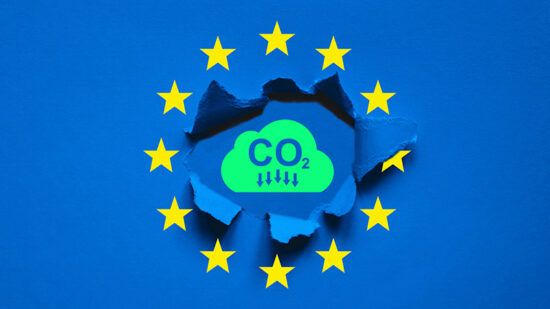Europe must invest €0.8tn into its energy infrastructure by 2030 – scaling to €2.5tn by 2050 – the European Round Table for Industry (ERT) has claimed.
According to its Strengthening Europe’s Energy Infrastructure report, the forum believes this “fundamental transformation” is more than a “mere upgrade” and bridging the current investment gap will require collaboration between public and private capital.
“We need a stronger single market with a supportive regulatory framework to entice private capital investments,” wrote the report’s authors. “This includes de-risking anticipatory grid investments, unlocking flexibility such as storage and demand response, streamlined permitting processes and a priority-based approach for electric grid development, as well as attention to new gases, including a role for low-carbon hydrogen.”
Principal costs in reaching €2.5tn of investment by 2050, added the report, included upgrading and expanding the existing power grid; new power storage; carbon dioxide capture, storage and transport; hydrogen grid and storage; natural gas grid extensions to connect biomethane generation; and the repurposing of investments from natural gas grids towards the acceleration of hydrogen, biomethane and carbon dioxide.
Not implementing this legislation, the ERT warned, would lead to the system not being able to fully integrate non-emitting sources, with an increase in system costs through compensations for curtailment.
‘Fit for 55’
The ERTI went on to identify complex regulations as one of the barriers currently hindering private capital access, calling for a “leaner regulatory framework”, implementing ‘Fit for 55’ and a pan-European plan to accelerate progress. ‘Fit for 55’ is a series of legislation passed in 2023 that aims to help the EU reduce its net greenhouse gas emissions by at least 55% by 2030 – a target set under the European Climate Law.
According to the EC’s website: “The overall package includes emissions-reduction targets across a broad range of sectors; a target to boost natural carbon sinks; an updated emissions trading system to cap emissions, put a price on pollution and generate investments in the green transition; and social support for citizens and small businesses.”







